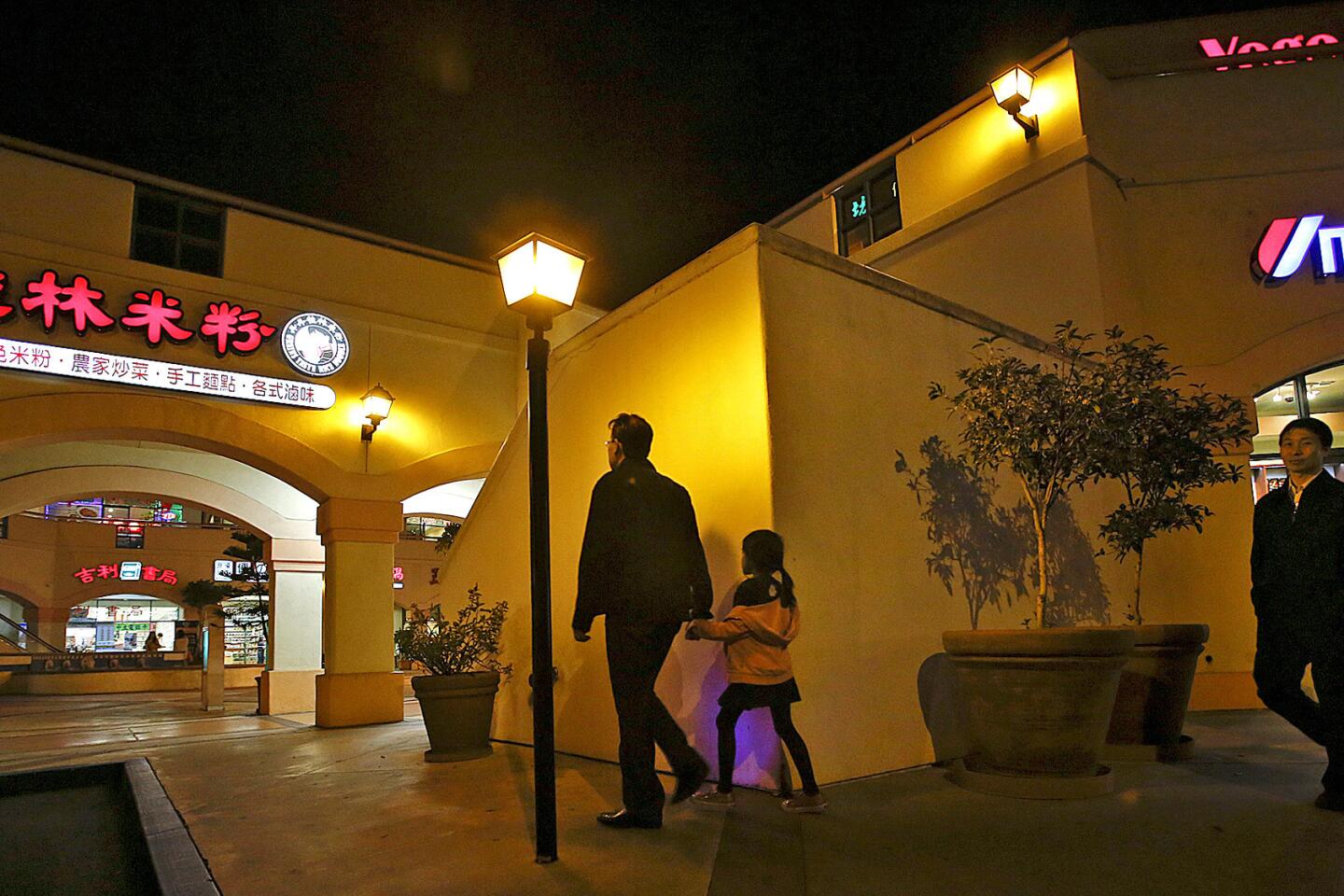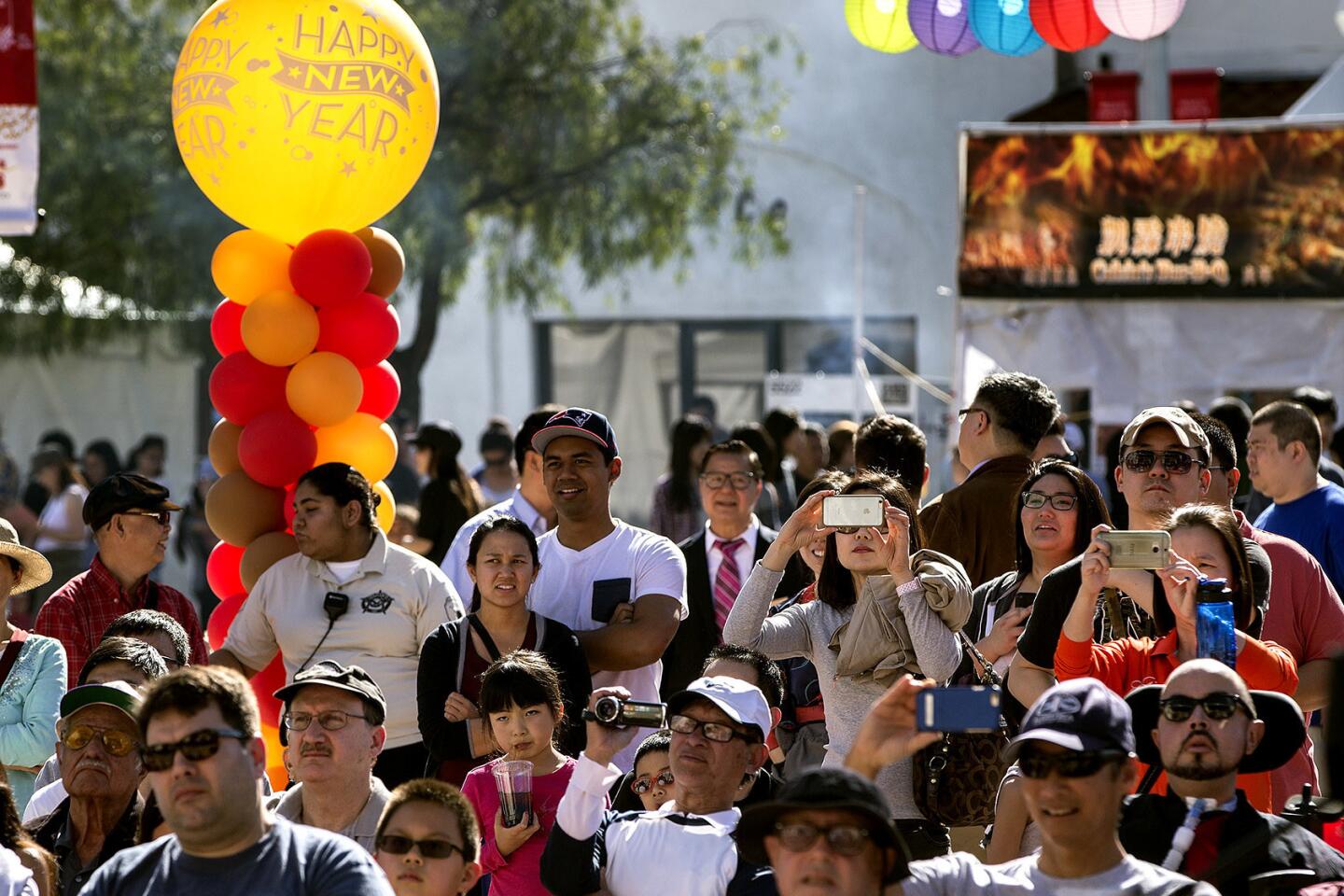Neighborhood Spotlight: San Gabriel’s historical past is present amid continuing evolution
- Share via
For thousands of years, the land where the city of San Gabriel now sits was the home of the Tongva people. Their territory stretched westward all the way to the Pacific Ocean and from the San Fernando Valley to present-day Orange County.
The Tongva first met the vanguard of the Spanish conquest in 1769 when Gaspar Portola stopped in the region.
Portola was followed by a contingent of Franciscan friars who began to establish a series of missions throughout the state in a systematic effort to convert the native peoples of California to Christianity. That led to the formation of the Mission San Gabriel Arcangel, located first near present-day Montebello and later moved to its current location after flooding devastated the original in 1776.
The interloping Franciscans were not at first welcomed by the Tongva, who had good reason to suspect that the arrival of the Spaniards augured poorly for their future. Legend has it that a large group met the missionaries with the aim of pushing them from their land but that upon being shown a painting of Our Lady of Sorrows, they relented and allowed them passage.
Whether it was an appreciation of unfamiliar religious iconography that did the trick, or some subterfuge on the part of the Franciscans, the result was the same: the 5,000 members of the Tongva tribes were now under Spanish rule.
The mission itself, much of which still stands, is testament to the work that the Tongva did in building what became one of Alta California’s wealthiest missions. The San Gabriel mission was so well-established that it dispatched settlers to found a pueblo on the shores of a rio to the west, which the Spanish called El Pueblo de Nuestra Señora la Reina de los Ángeles de Porciúncula — or Los Angeles, for short.
For much of its subsequent history, San Gabriel was primarily an agricultural center. In the 1930s and ’40s, the city’s economy shifted from farming to commerce and manufacturing. The population exploded from 2,000 in the 1920s to 20,000 by 1950.
Today’s San Gabriel is a suburban community with a large ethnically Chinese population, as the San Gabriel Valley has supplanted urban neighborhoods such as L.A.’s Chinatown as a destination for upwardly mobile immigrants and their families.
Neighborhood highlights
Valley Boulevard of culinary dreams: If you like Asian food, San Gabriel has you covered, with some of the Southland’s best Chinese and Vietnamese restaurants.
History you can touch: With one of California’s best-preserved missions, the beautiful Mission Playhouse and other historic sites, San Gabriel’s past shines through.
A rich cultural heritage: From the Tongva people to recent immigrants from China and Latin America, San Gabriel’s residents have brought layers of traditions that make it a vibrant place.
Neighborhood challenge
Sticker shock: Although not quite hitting the highs of other San Gabriel Valley markets such as Arcadia and San Marino, homes in San Gabriel are often asking well north of $1 million.
Expert insight
Kathleen Mueller of Mueller Realty said that as the city continues to grow, two separate identities are forming.
The San Gabriel of old — longtime residents and small homes with Spanish flair — sits north of Las Tunas Drive, whereas development to the south has brought in new homes, new developments and new demographics.
“We’re seeing lots of hotels pop up because of the increase in tourism,” Mueller said, referencing an uptick in visitors to the historic Mission District. “That’s also an area where homes are being torn down and replaced by multifamily units and box-type mansions.”
Market snapshot
San Gabriel is split into two ZIP Codes. To the north, in the 91775 ZIP Code, based on 17 sales, the median sales price for single-family homes in November was $950,000, up 13.1% year over year, according to CoreLogic.
The median sales price for homes in the southern area, ZIP Code 91776, based on seven sales, was $722,000 in November, up 14.8% year over year, according to CoreLogic.
Report card
Five of the six public schools within the San Gabriel boundaries scored over 800 in the 2013 Academic Performance Index. Coolidge Elementary scored 899, Washington Elementary scored 884 and McKinley Elementary scored 858.
Gabrielino High and Dewey Avenue Elementary recorded scores of 844 and 843, respectively.
Times staff writer Jack Flemming contributed to this report.
MORE FROM HOT PROPERTY
‘Chelsea Lately’ producer Johnny Milord lands a charming spot in Del Rey
Lakers trustee Janie Buss lands a newly built contemporary in Manhattan Beach
Former Dodger Mark Grudzielanek bids farewell to ocean-view town home in Cardiff
More to Read
Sign up for Essential California
The most important California stories and recommendations in your inbox every morning.
You may occasionally receive promotional content from the Los Angeles Times.














